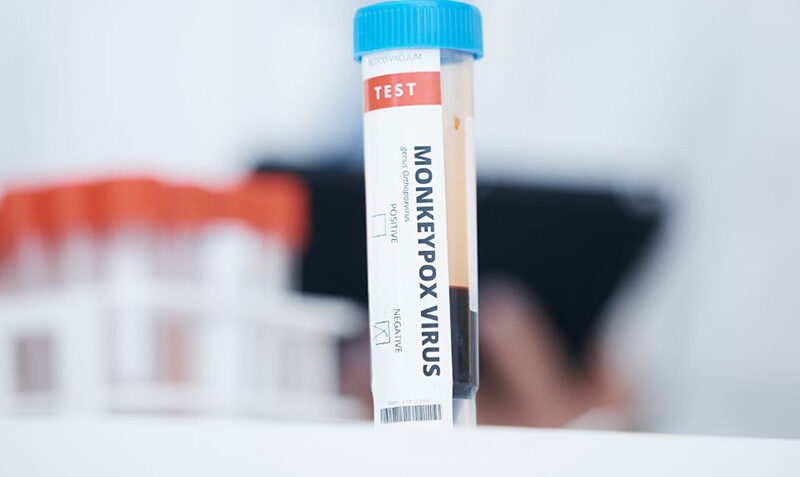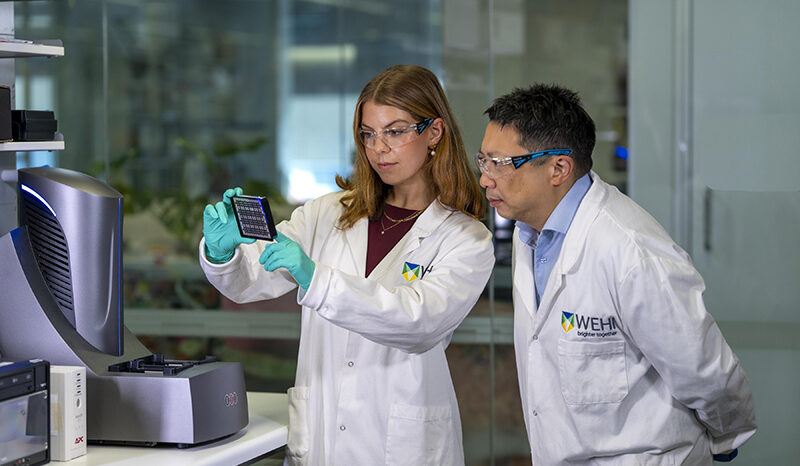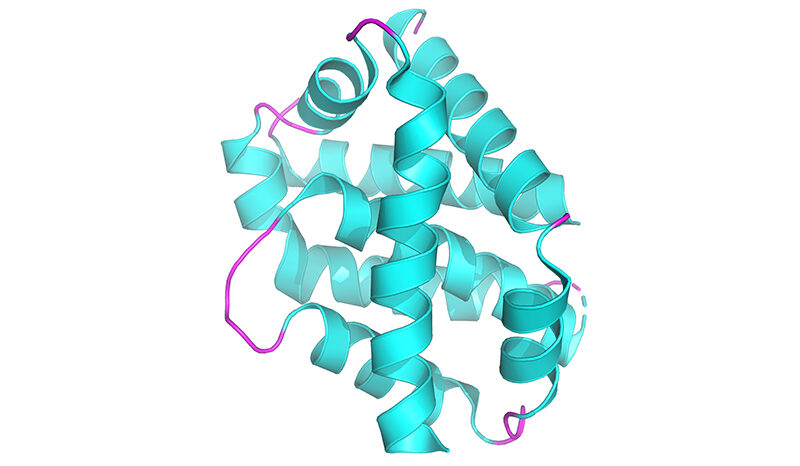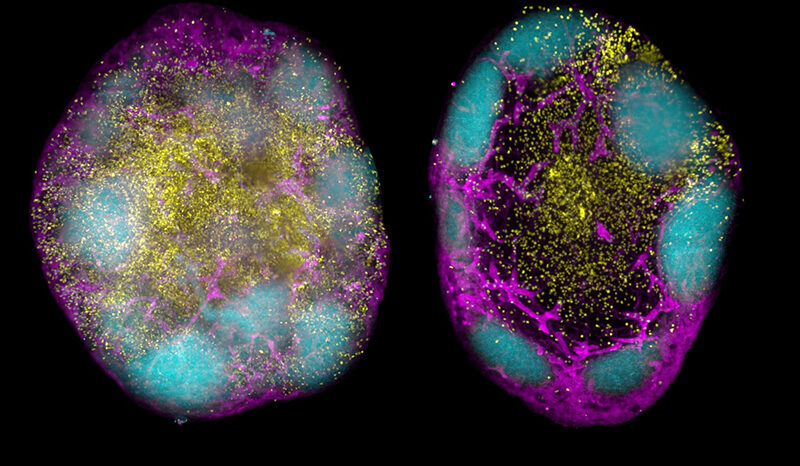While the CRISPR technology is most known for its genome editing capability, new applications have emerged, including leveraging it for the design of powerful and highly sensitive diagnostic tools.
Matthew O’Neill, a senior research assistant at WEHI and co-first author of the paper, explained that the speed at which this new technology can provide a diagnosis is one of the groundbreaking features of MPXV-CRISPR.
“Currently, mpox diagnostics rely largely on centralised laboratory settings, where test results might not be available for up to several days after sample collection, depending on geographical and logistical considerations. In parallel, MPXV-CRISPR can detect the virus in just 45 minutes,” O’Neill said.
The University of Melbourne’s Dr Soo Jen Low, a research officer at the Doherty Institute and co-first author of the study, said CRISPR-based diagnostic tools were like super-precise detectives that can quickly find specific clues (in this instance, genetic material) related to the presence of specific pathogens.
“To work, MPXV-CRISPR has to be ‘programmed’ to recognise the virus. We used a database of 523 MPXV genomes to carefully engineer ‘guides’ to bind to the specific part we are looking for on the viral DNA. Getting this right was crucial for the success of our diagnostic tool,” Dr Low said.
“In essence, when viral DNA is present in a clinical sample, the CRISPR system is guided to the target and subsequently emits a signal to indicate the presence of the virus.
“Our testing method can achieve sensitivity and precision levels comparable to the gold-standard PCR methods, but in a fraction of the time.”









